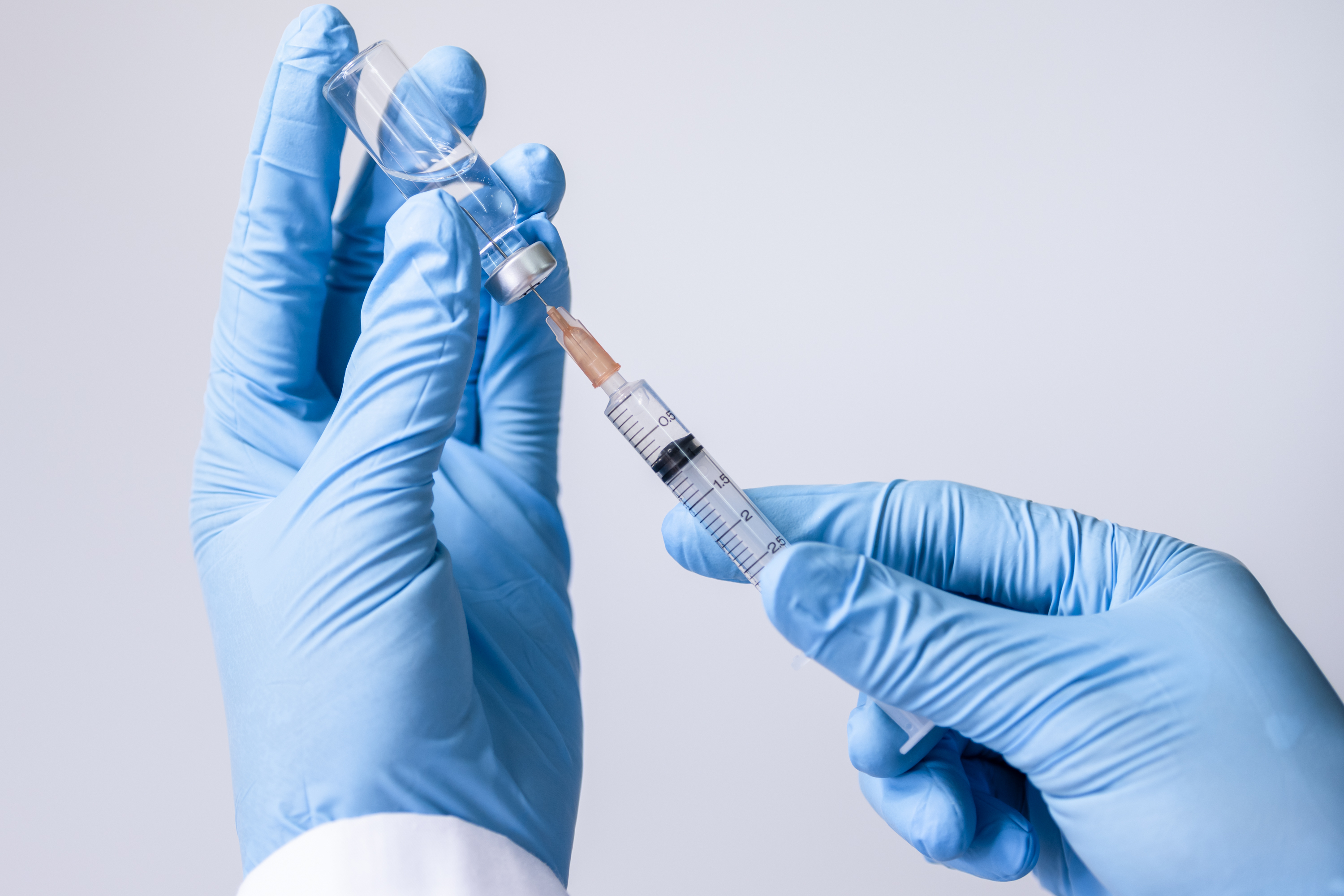FDA authorizes updated COVID-19 boosters
The next step is for the CDC to recommend the shots.

The U.S. Food and Drug Administration (FDA) has authorized two newly updated COVID-19 booster shots: one made by Moderna and one made by Pfizer and German biotechnology company BioNTech, according to a statement released Wednesday (Aug. 31).
Both boosters guard against the original SARS-CoV-2 coronavirus variant targeted by the original vaccines as well as two omicron subvariants, known as the BA.4 and BA.5 lineages. These two versions of omicron are "currently causing most cases of COVID-19 in the U.S. and are predicted to circulate this fall and winter," the FDA statement notes. BA.5 accounts for nearly 90% of current cases in the U.S., and BA.4 accounts for most of the remaining cases, STAT reported.
Through an "emergency use authorization," the updated Moderna booster can be used in people ages 18 and older, while the Pfizer-BioNTech booster is authorized for people as young as 12. The single-dose shots can be given to people who are at least two months out from the final dose of their initial COVID-19 vaccine series or at least two months out from their last booster shot, if they've received one.
"As we head into fall and begin to spend more time indoors, we strongly encourage anyone who is eligible to consider receiving a booster dose with a bivalent COVID-19 vaccine to provide better protection against currently circulating variants," FDA Commissioner Dr. Robert M. Califf said in Wednesday's statement. (The term "bivalent" means the boosters target two coronavirus components: one from the original SARS-CoV-2 strain and one that's shared by BA.4 and BA.5.)
Related: Quick guide: Most widely used COVID-19 vaccines and how they work
Similar to the annual influenza vaccine, the new booster shots were authorized without first being tested in formal clinical trials in humans.
The FDA instead based its decision on the ample safety and efficacy data gathered on the original Moderna and Pfizer-BioNTech shots, first rolled out in late 2020. In addition, the agency considered data from two recent clinical trials, in which both vaccine manufacturers were testing experimental boosters designed to target BA.1, an older omicron subvariant that's no longer circulating. And finally, the manufacturers assessed the newest boosters, targeting BA.4 and BA.5, in animal studies before the FDA authorized the vaccines for use in people.
Get the world’s most fascinating discoveries delivered straight to your inbox.
"The FDA has extensive experience with strain changes for annual influenza vaccines," Dr. Peter Marks, director of the FDA's Center for Biologics Evaluation and Research, said in the statement. "We are confident in the evidence supporting these authorizations."
Although the FDA's authorization is now in place, the Centers for Disease Control and Prevention (CDC) still needs to recommend use of the boosters before they can be made available, STAT reported. The CDC's vaccine advisory panel will meet Thursday and Friday (Sept. 1 and 2) and could vote on whether to recommend the boosters as early as Thursday.
If the CDC clears the boosters for widespread use, Pfizer-BioNTech doses could be available within two weeks, and Moderna doses could be available sooner, representatives of the companies told STAT. Again, only people ages 12 and up would qualify for Pfizer-BioNTech, and people 18 and up could get Moderna. Experts told The New York Times that, at this point, it's unknown which vaccine might offer more protection, if there is a difference.
"The agency will work quickly to evaluate future data and submissions to support authorization of bivalent COVID-19 boosters for additional age groups as we receive them," the FDA statement notes.
Originally published on Live Science.

Nicoletta Lanese is the health channel editor at Live Science and was previously a news editor and staff writer at the site. She holds a graduate certificate in science communication from UC Santa Cruz and degrees in neuroscience and dance from the University of Florida. Her work has appeared in The Scientist, Science News, the Mercury News, Mongabay and Stanford Medicine Magazine, among other outlets. Based in NYC, she also remains heavily involved in dance and performs in local choreographers' work.


